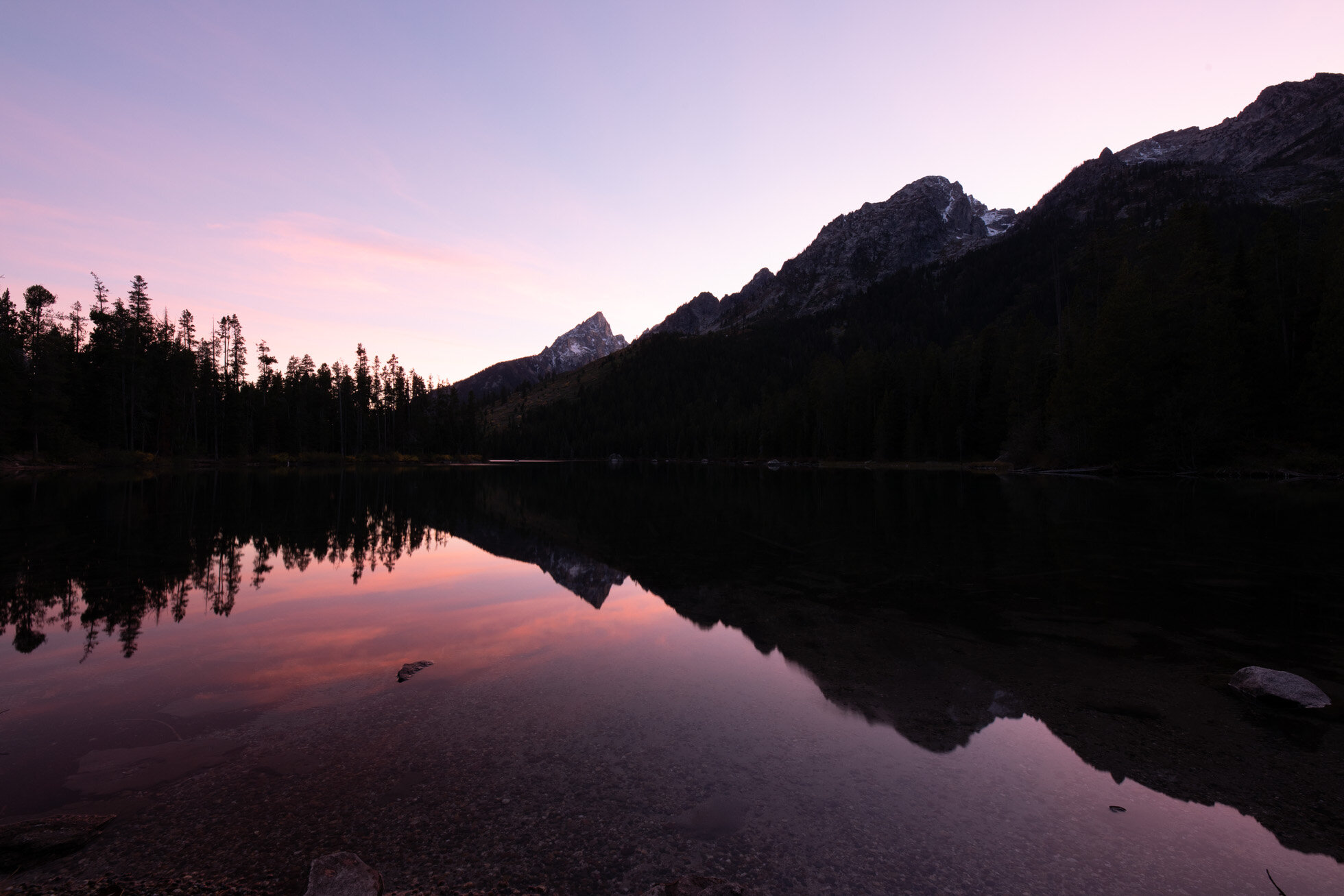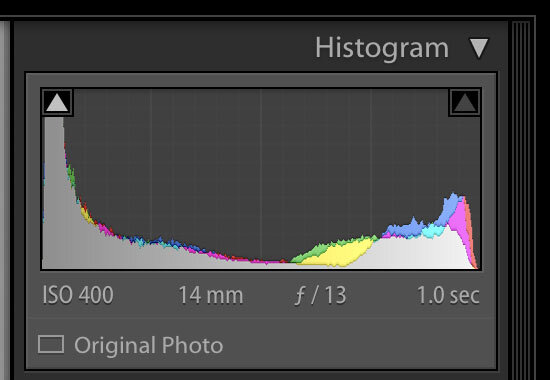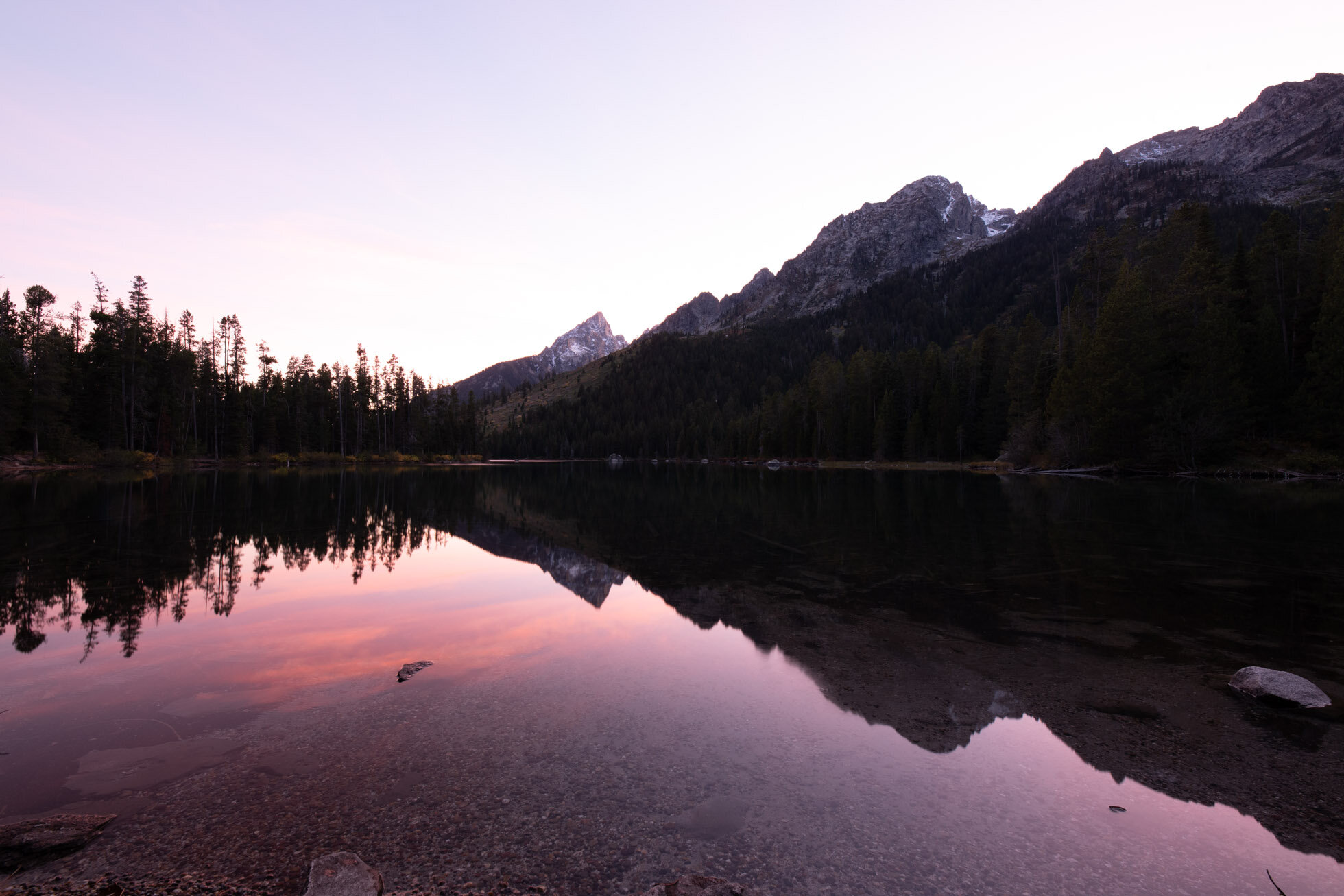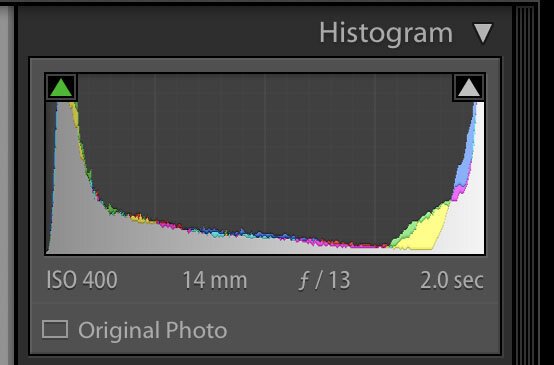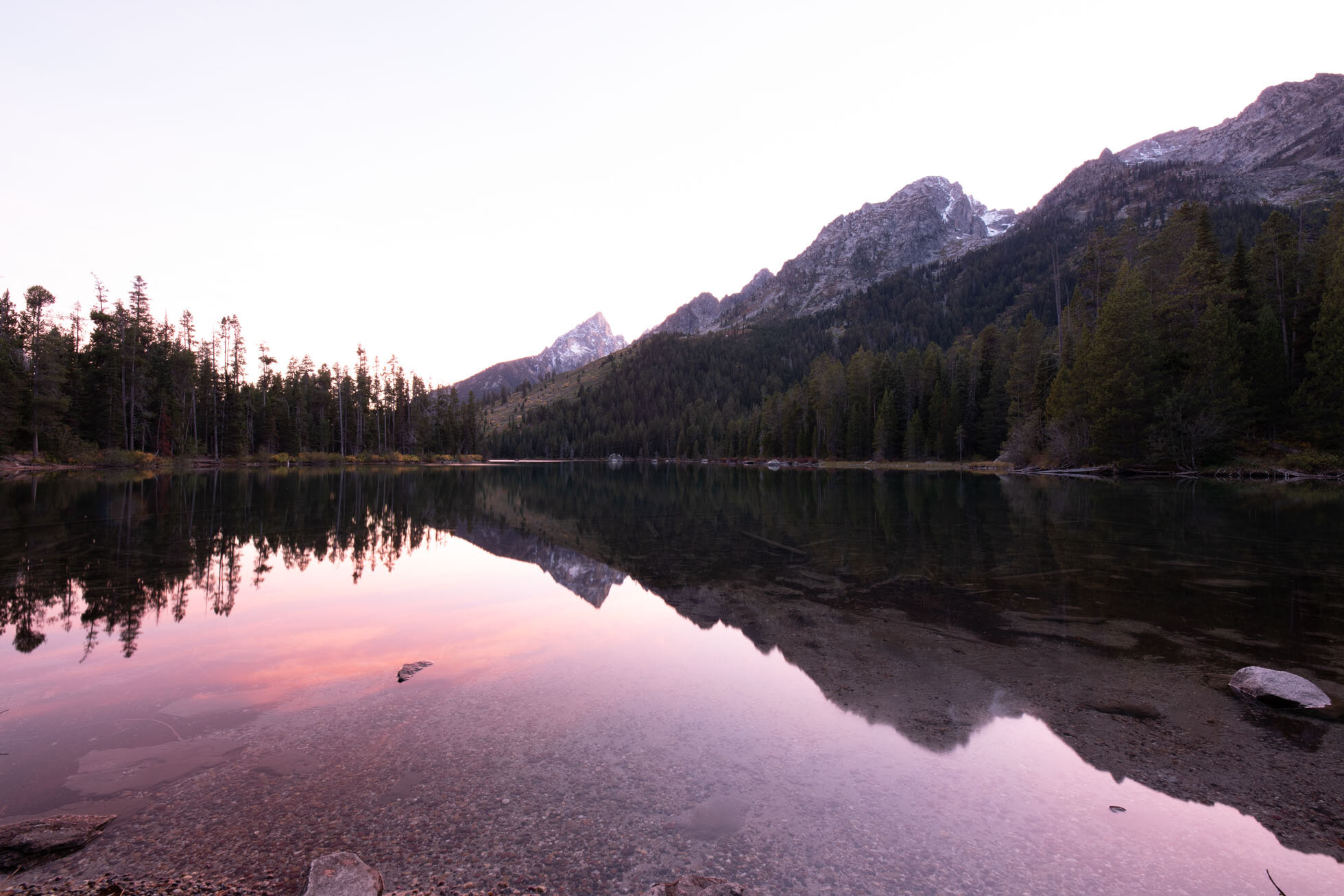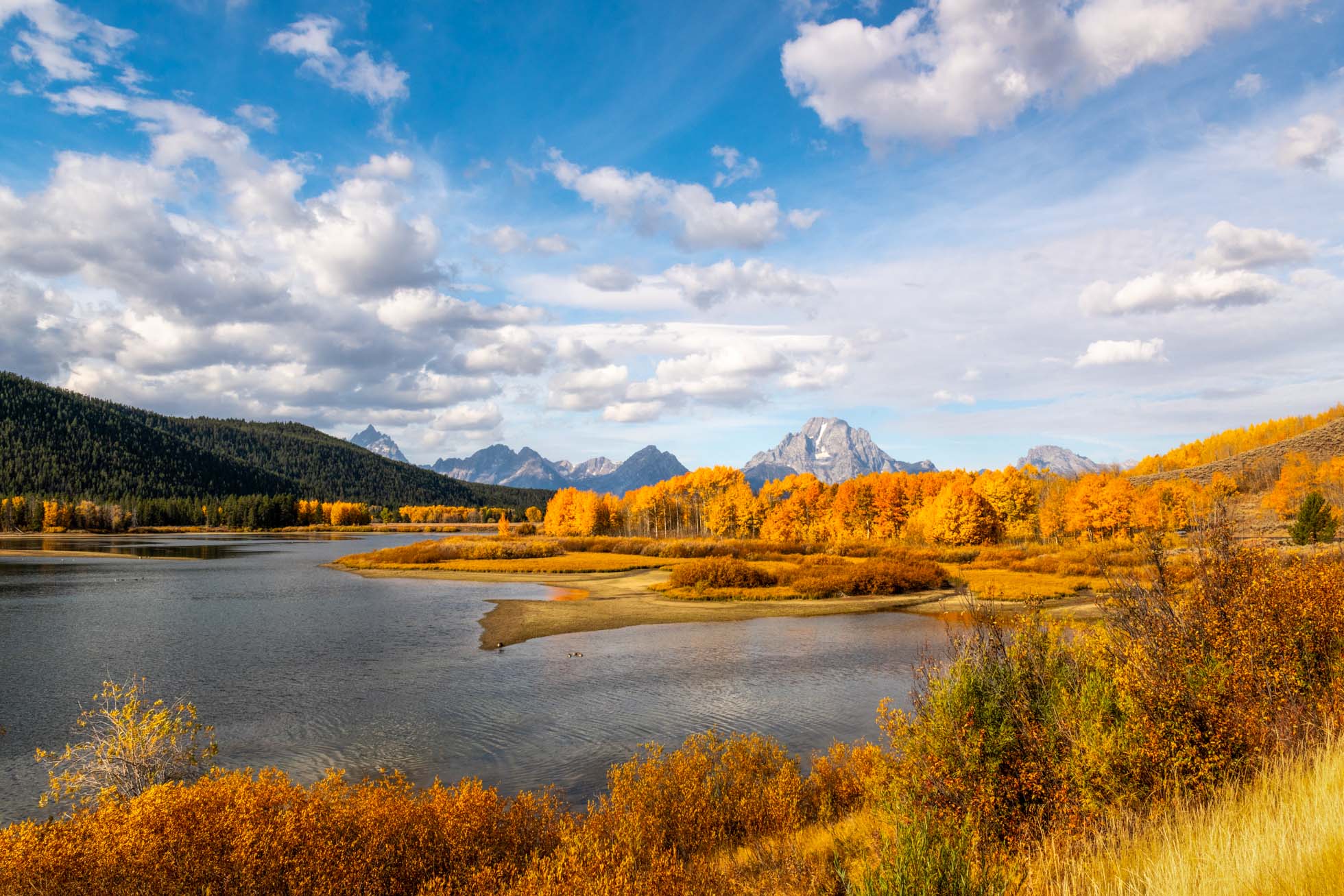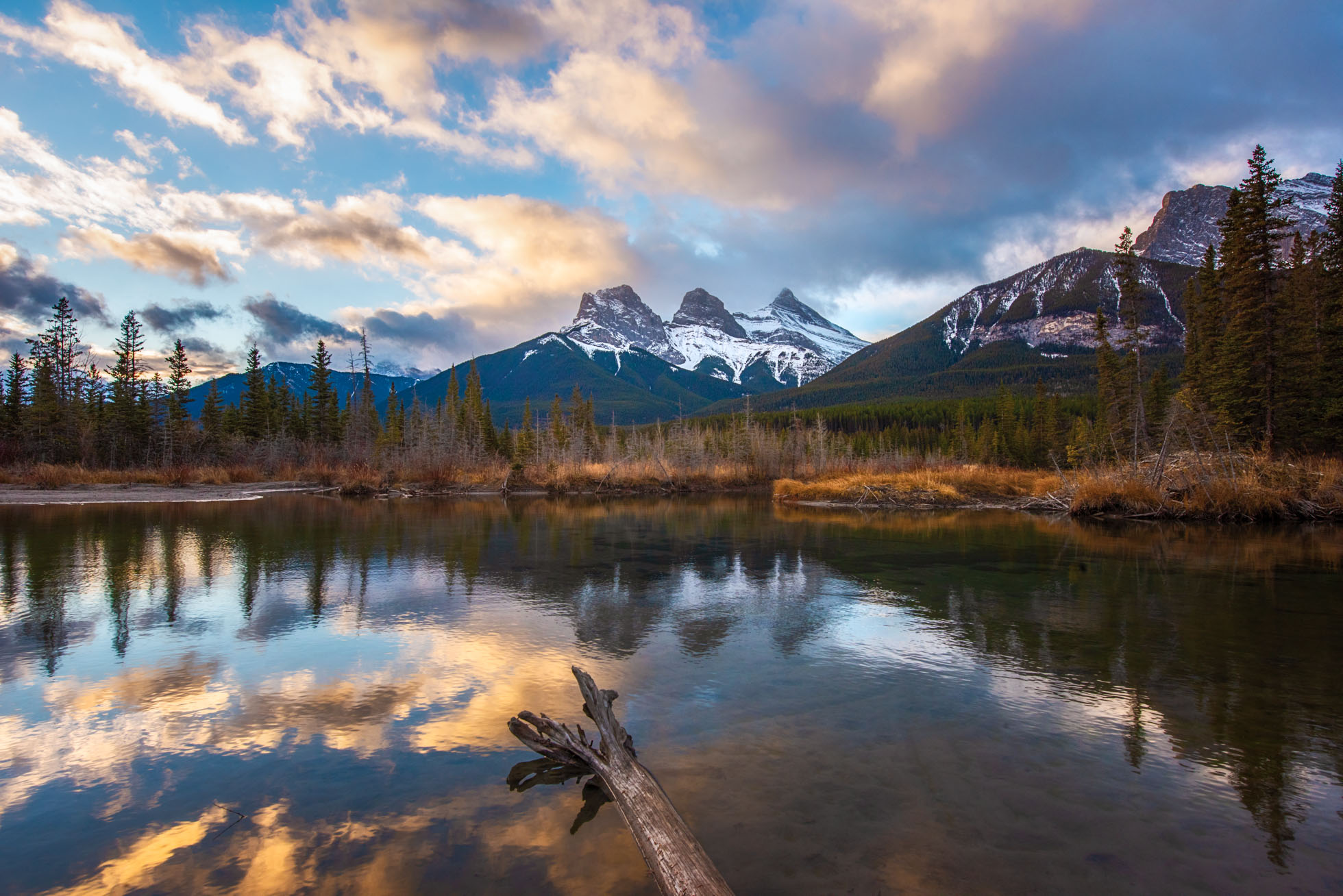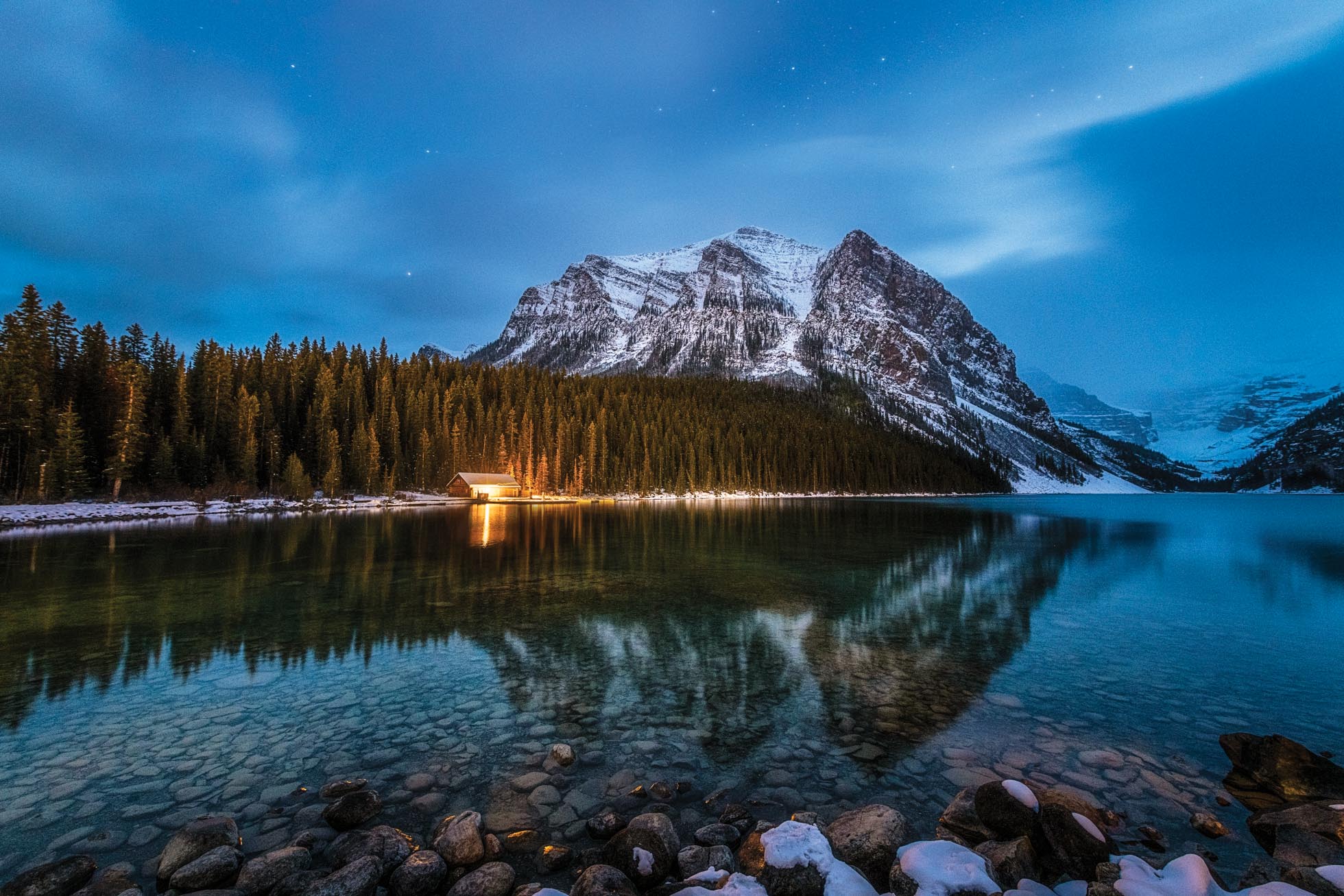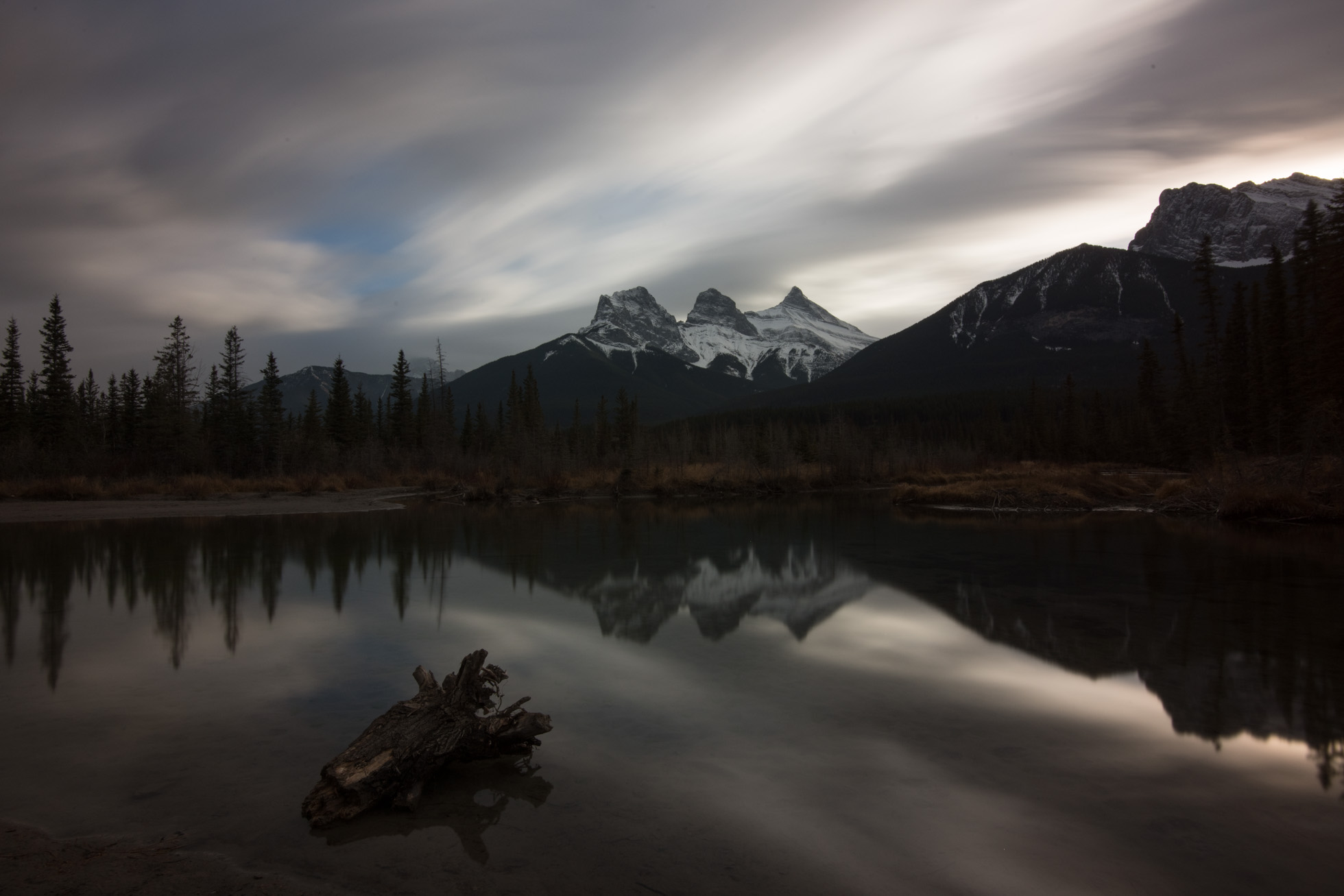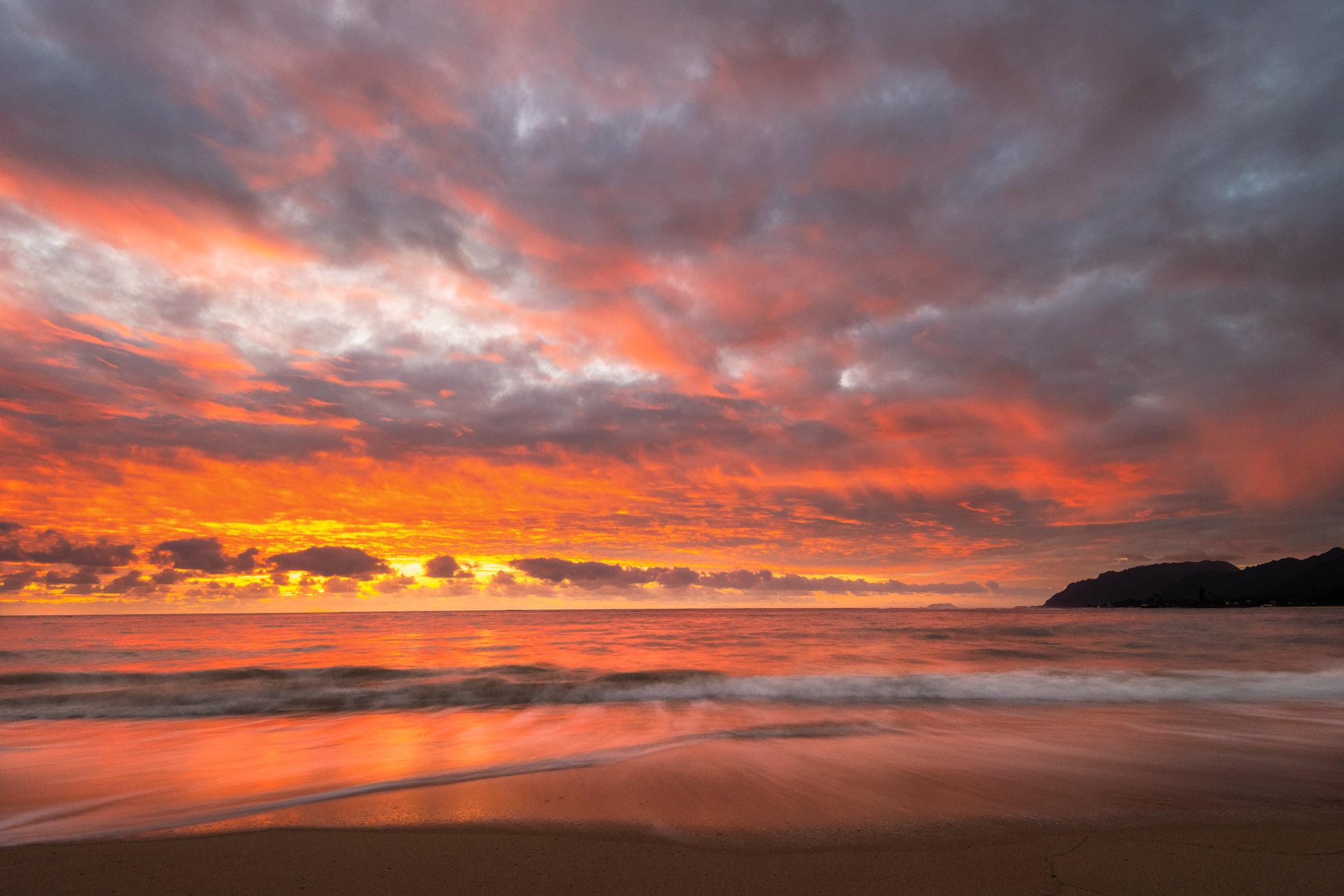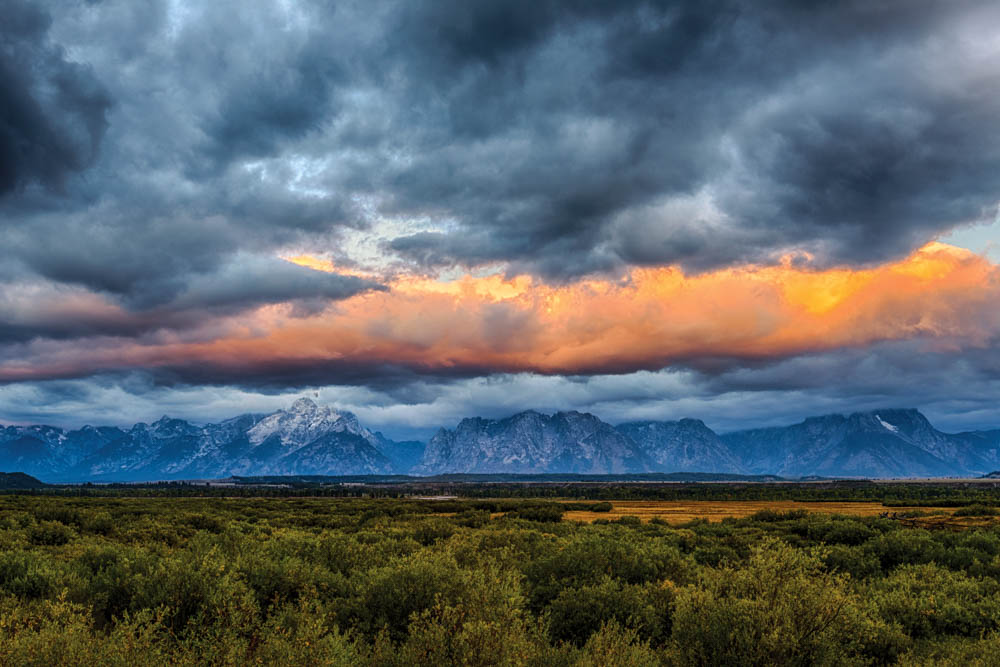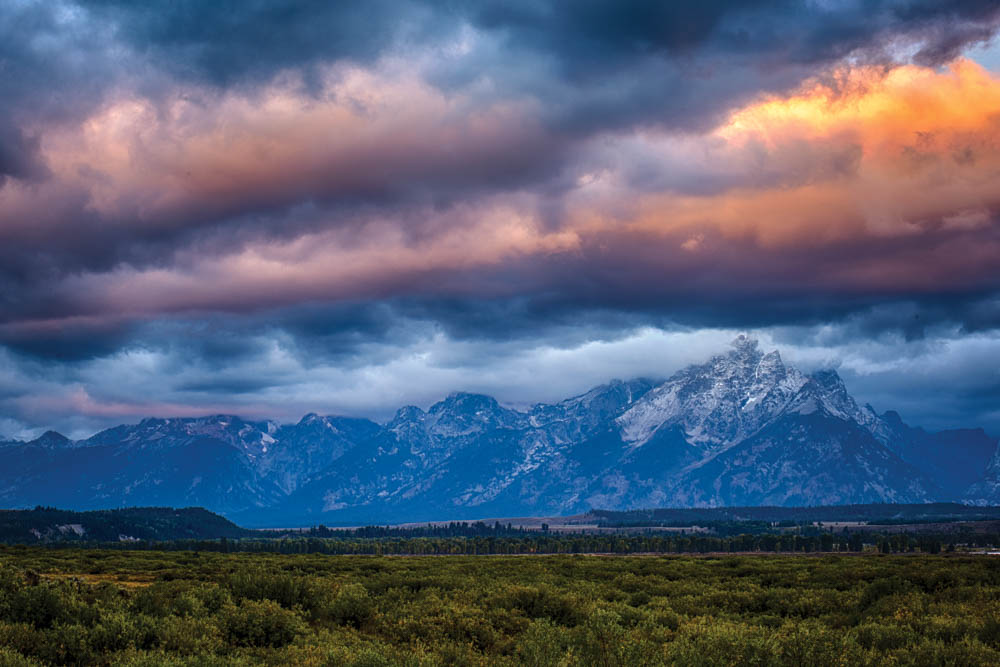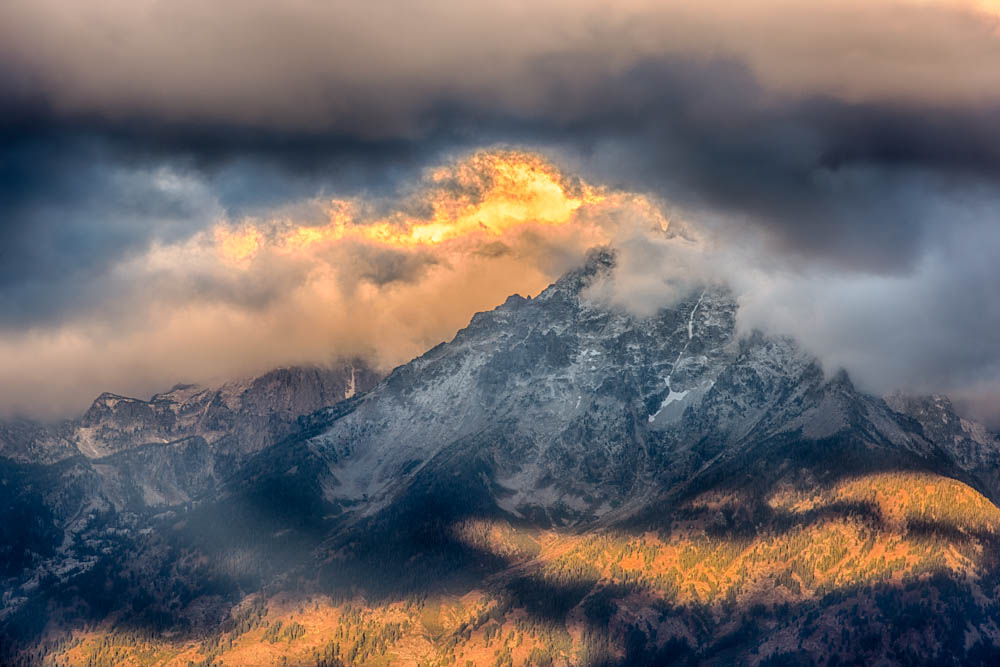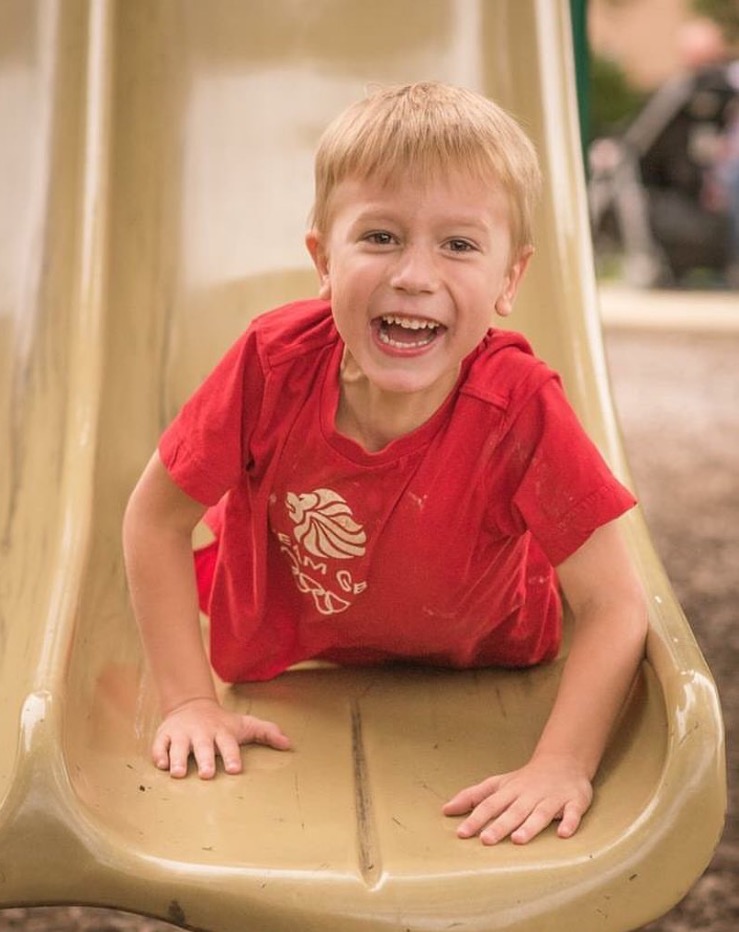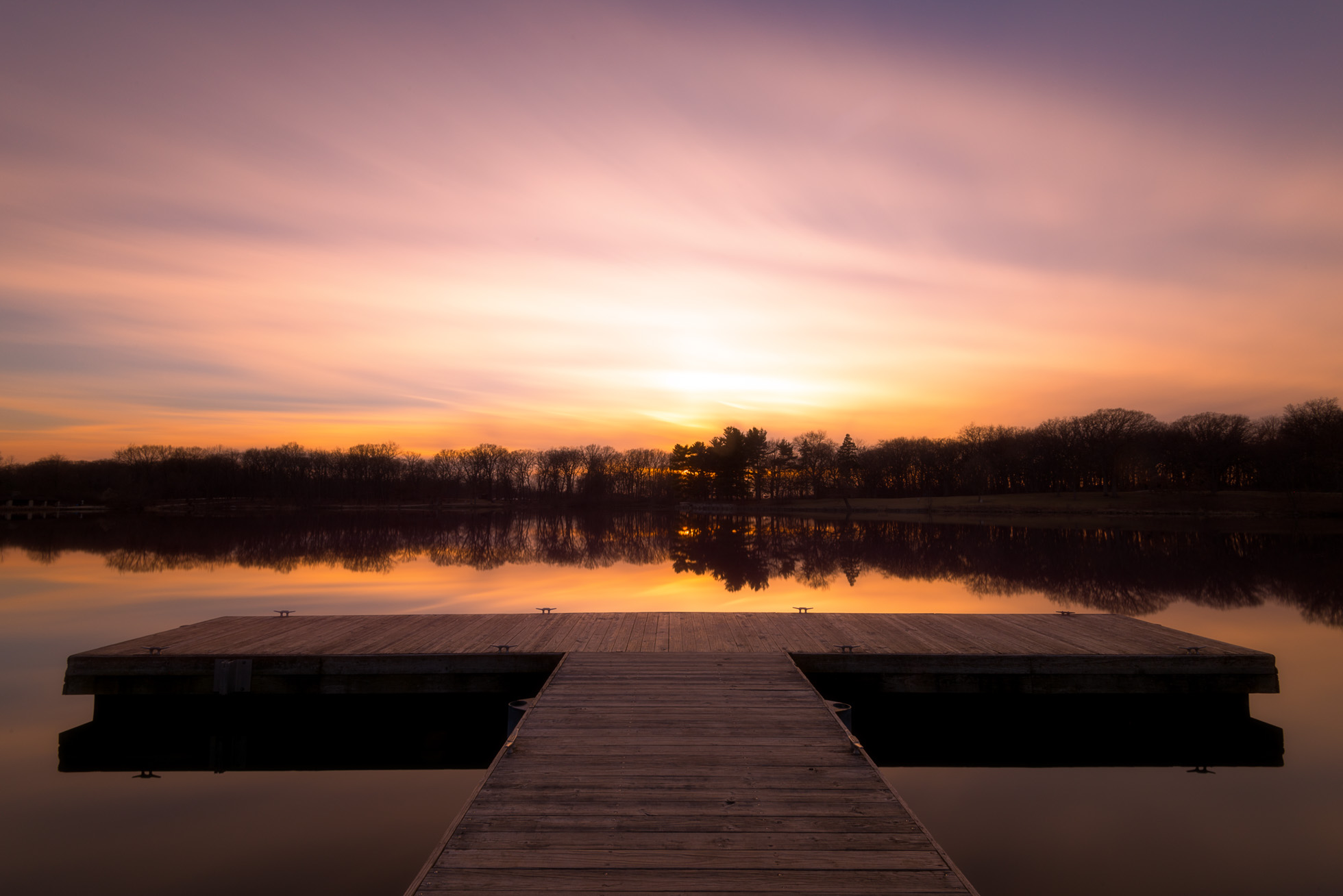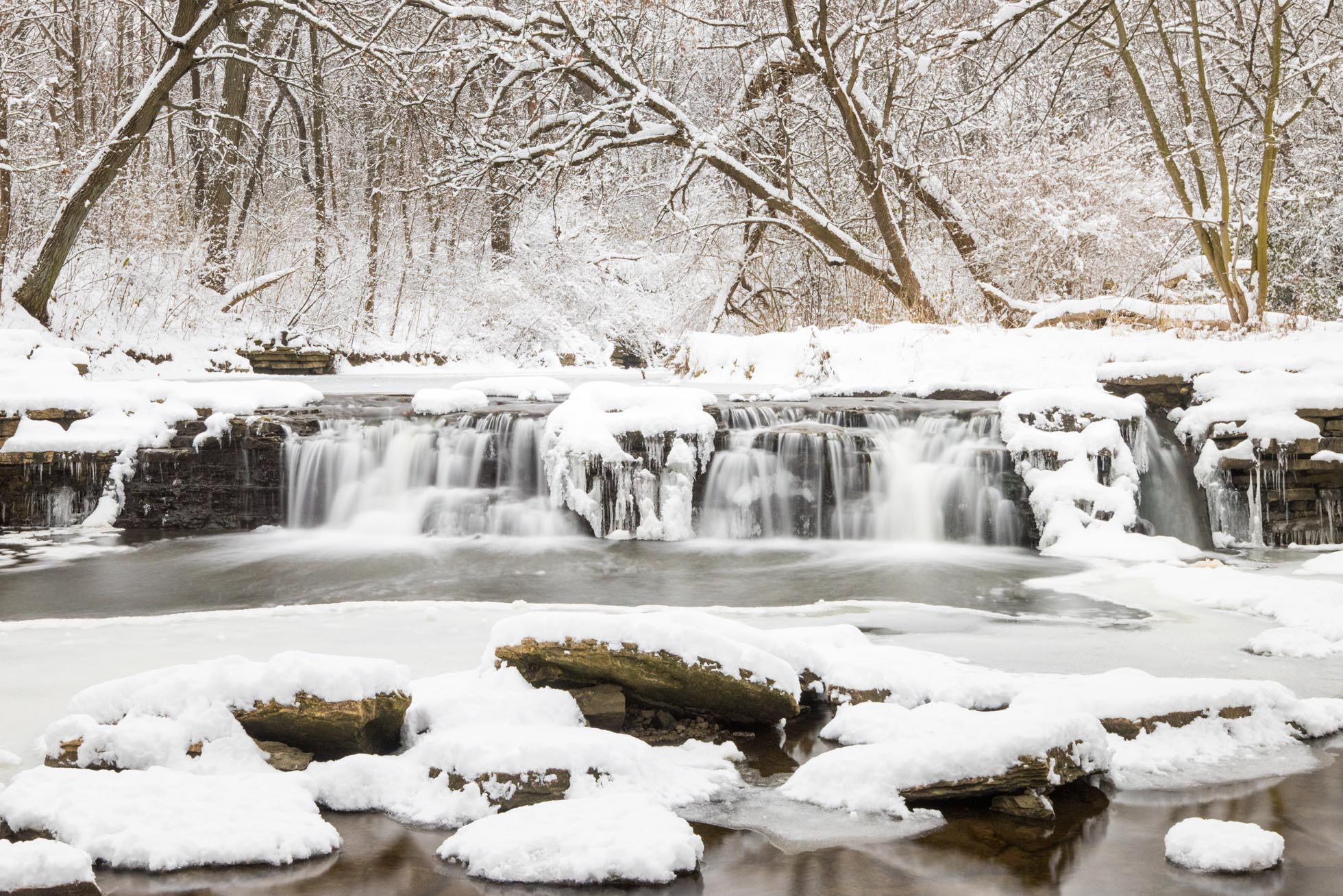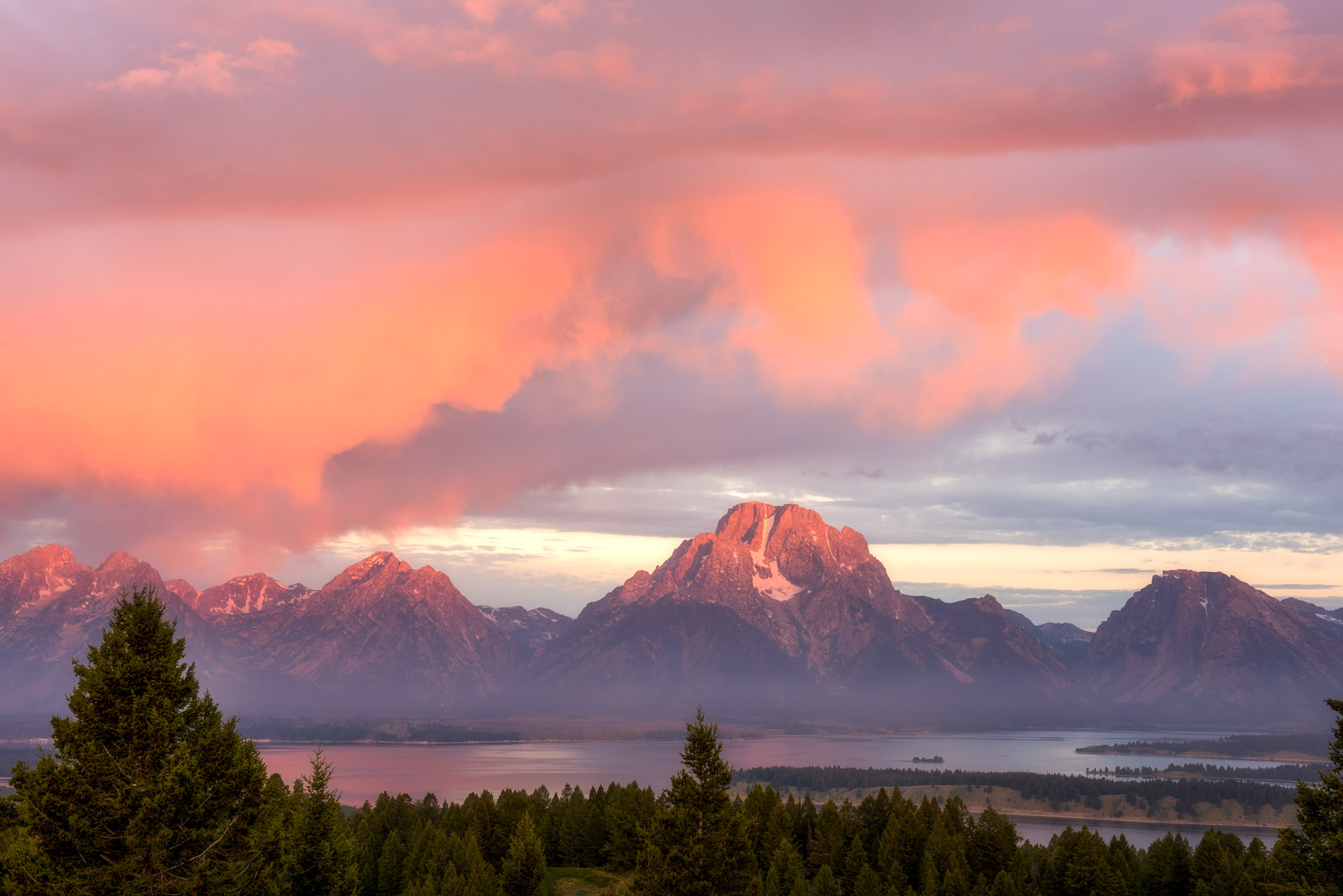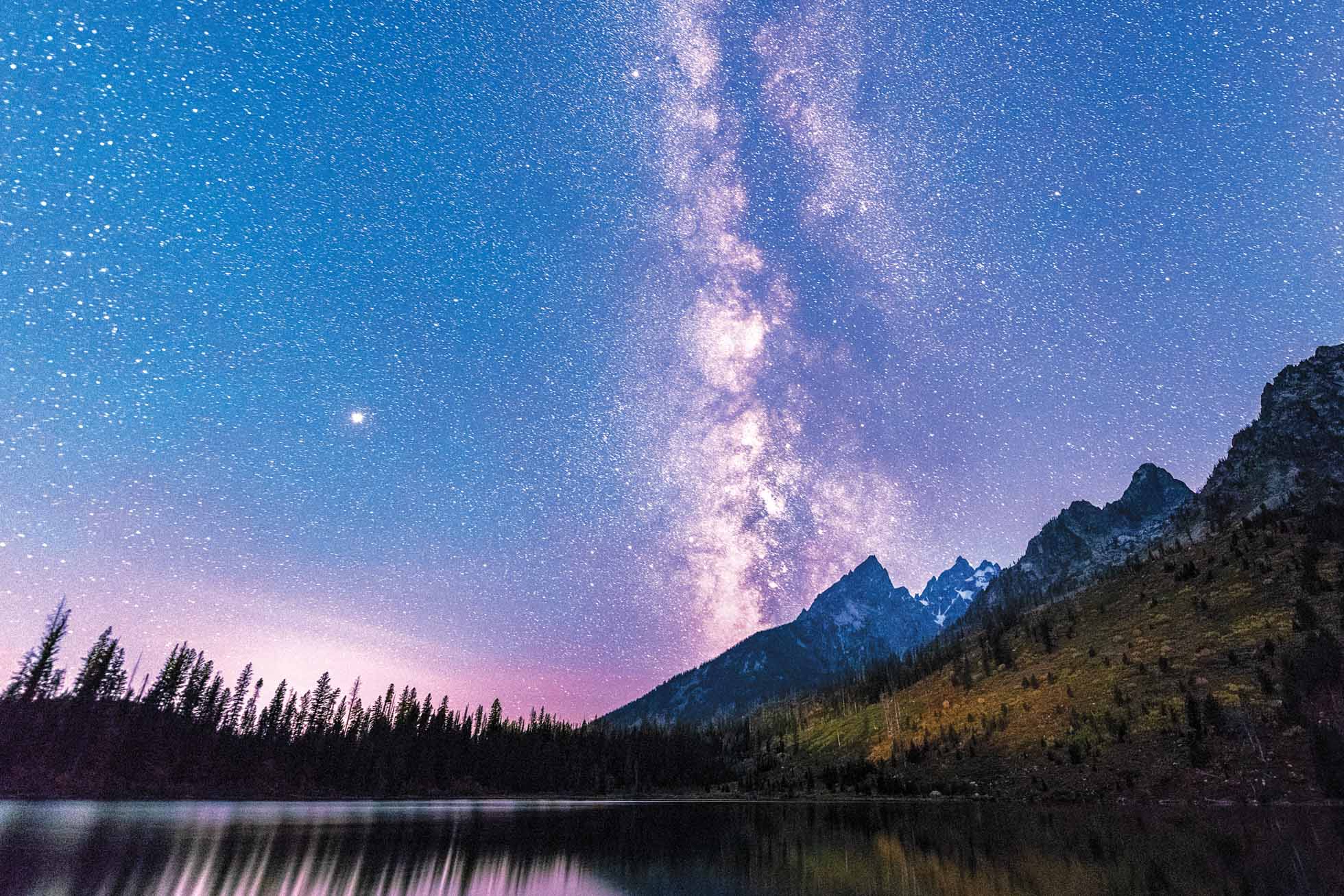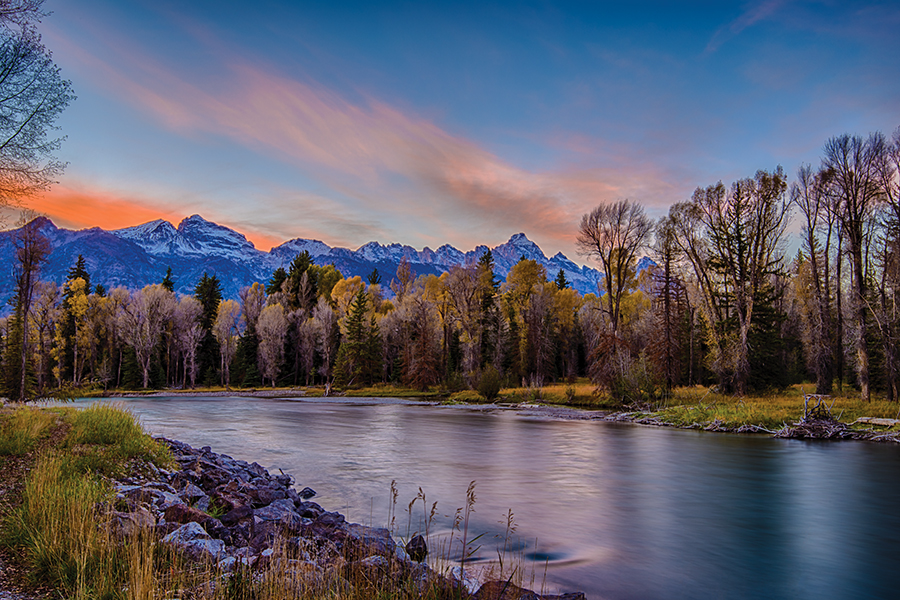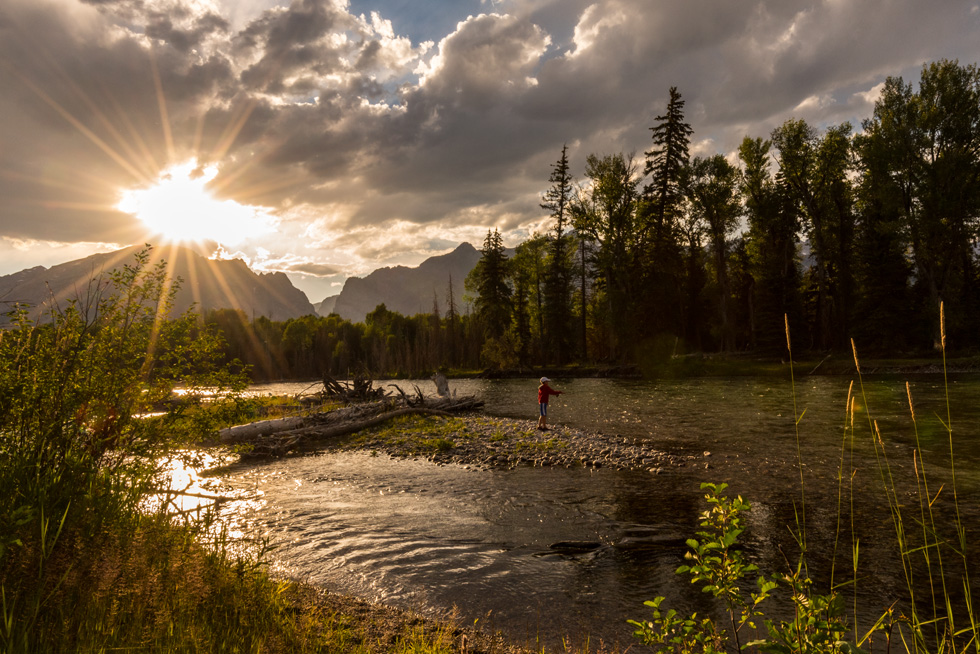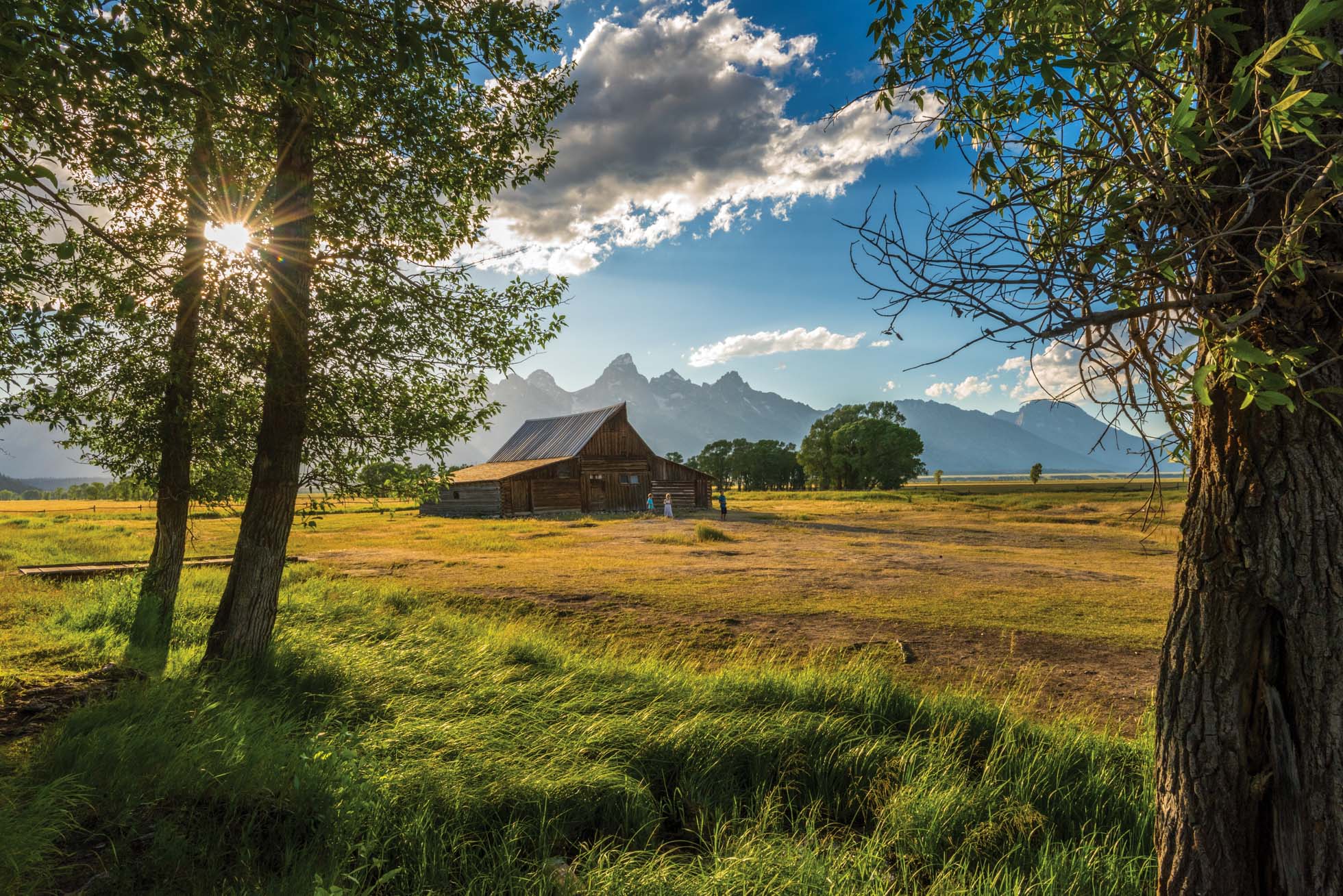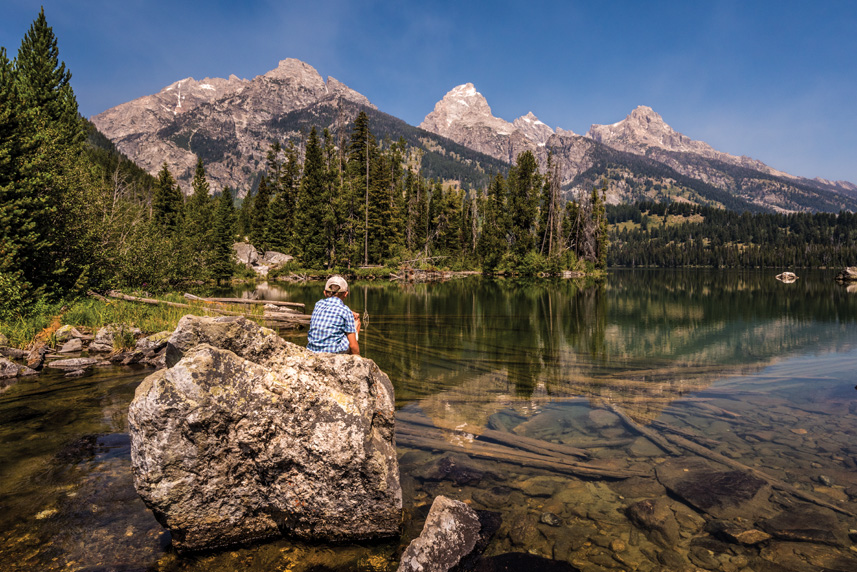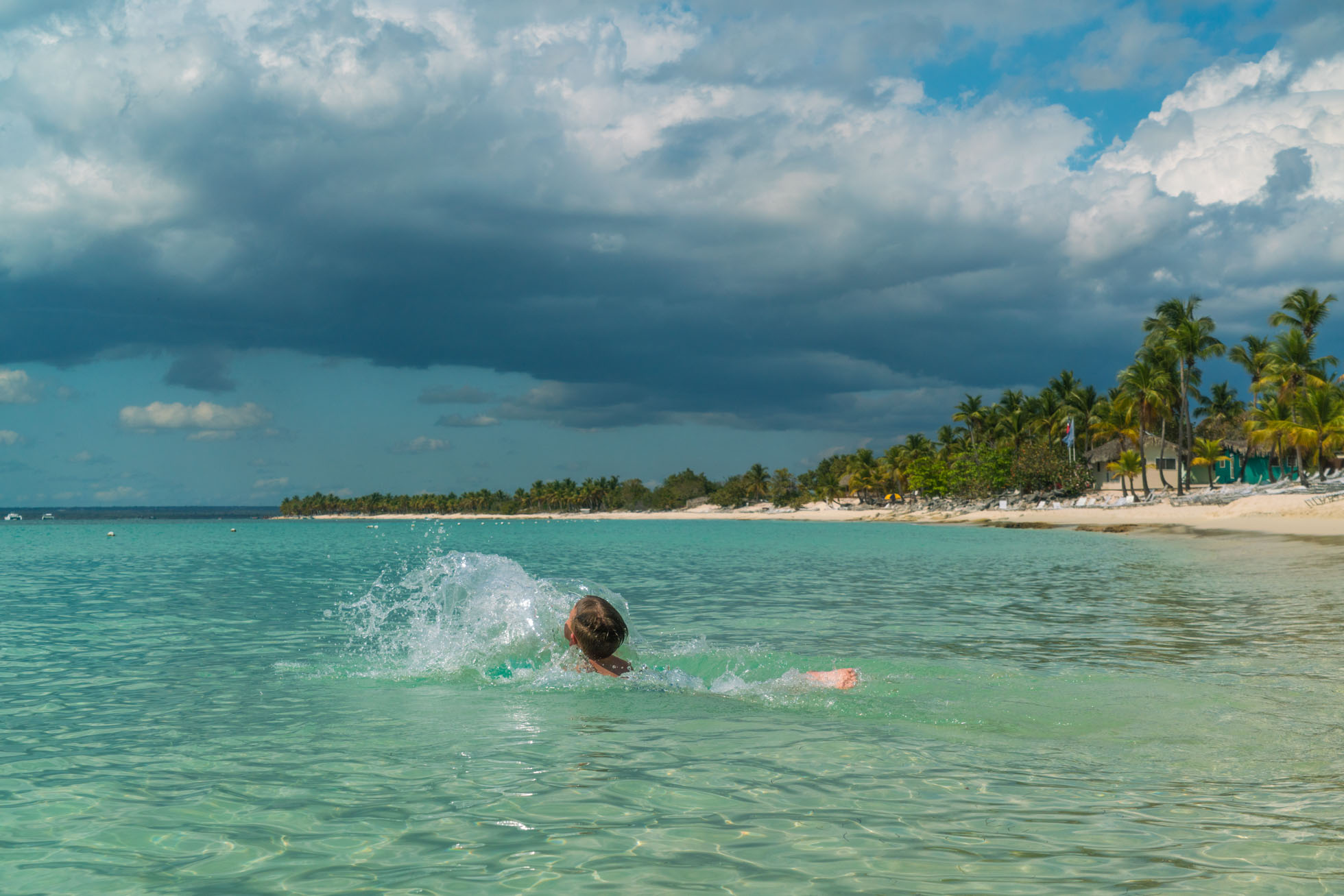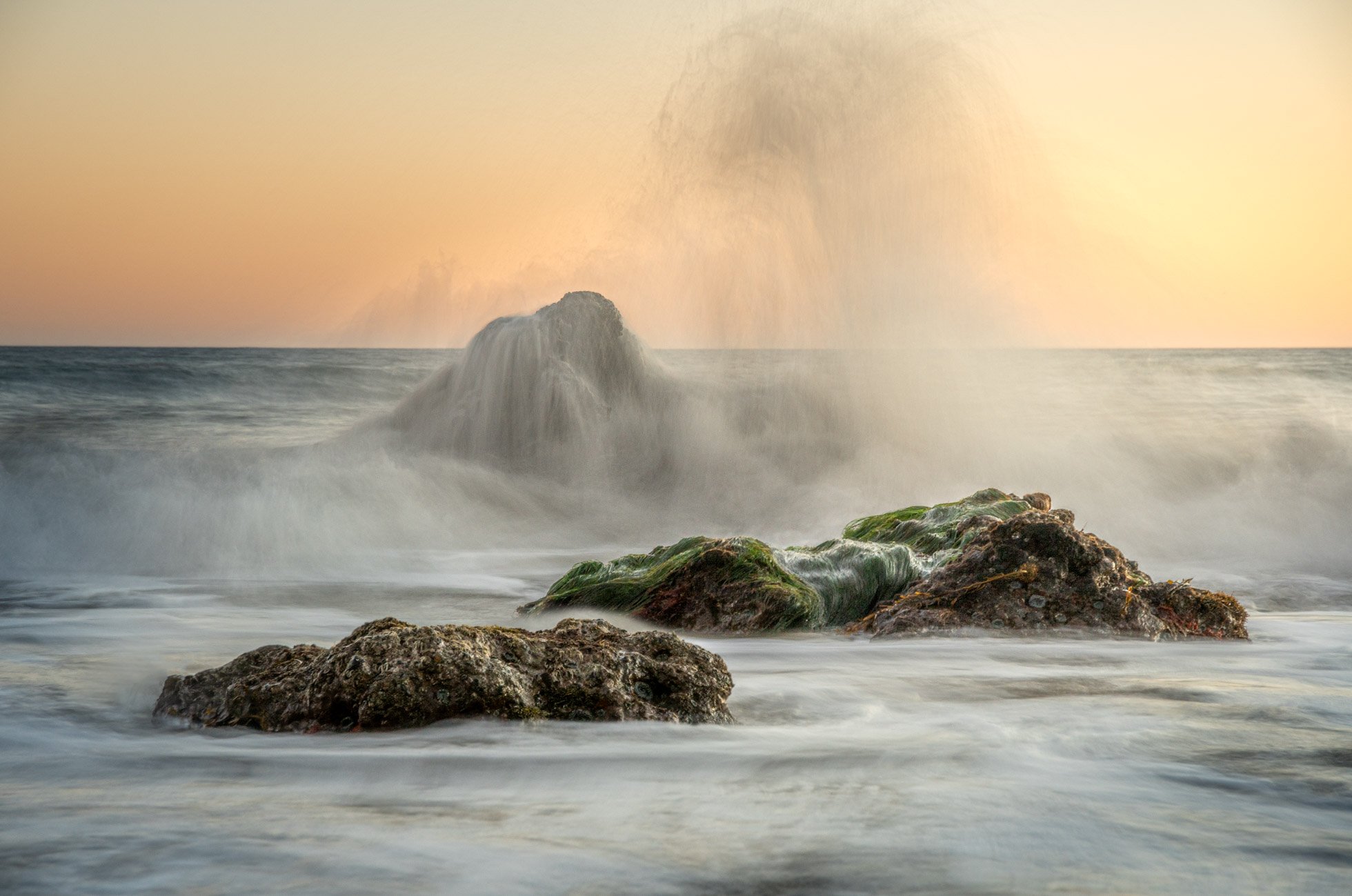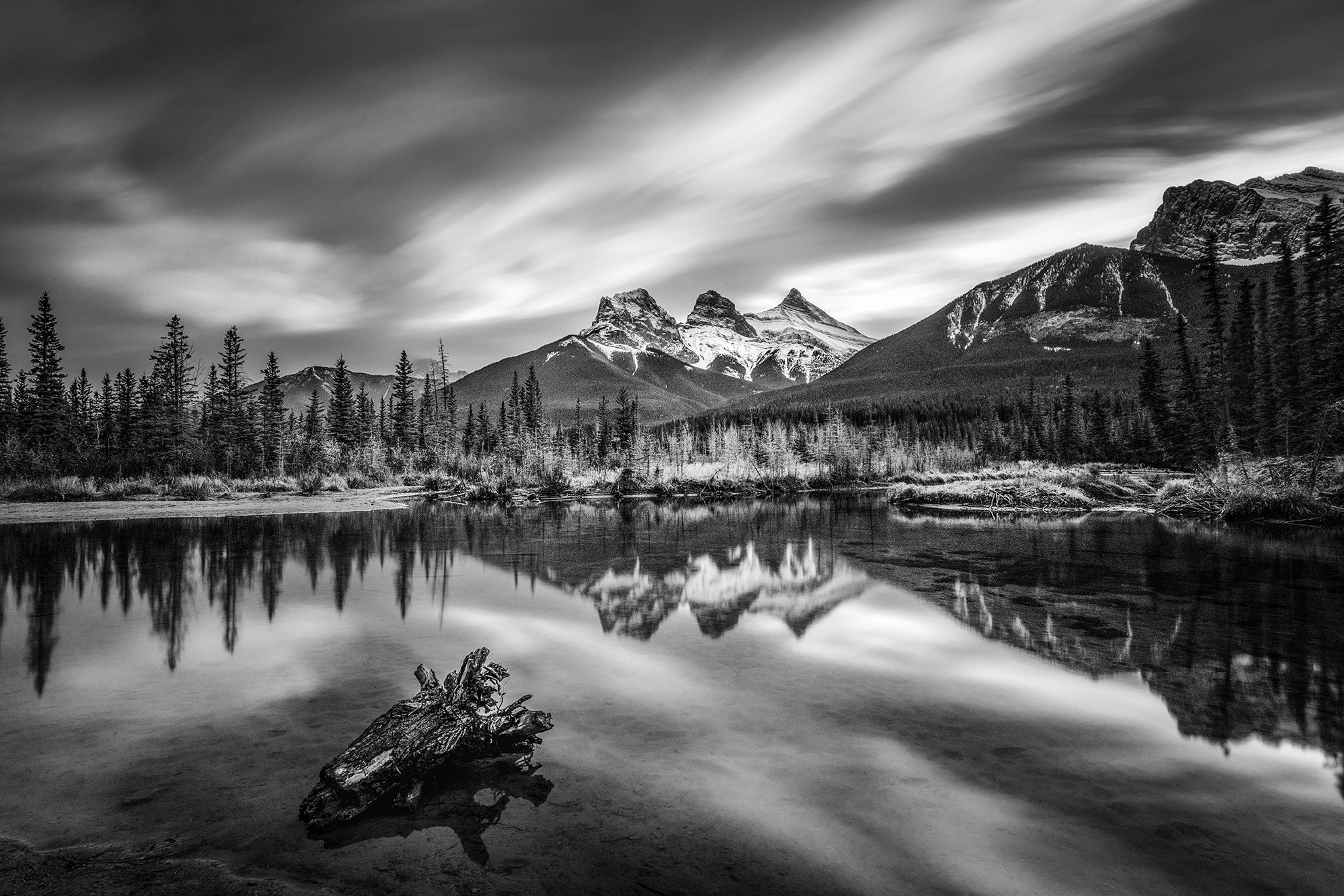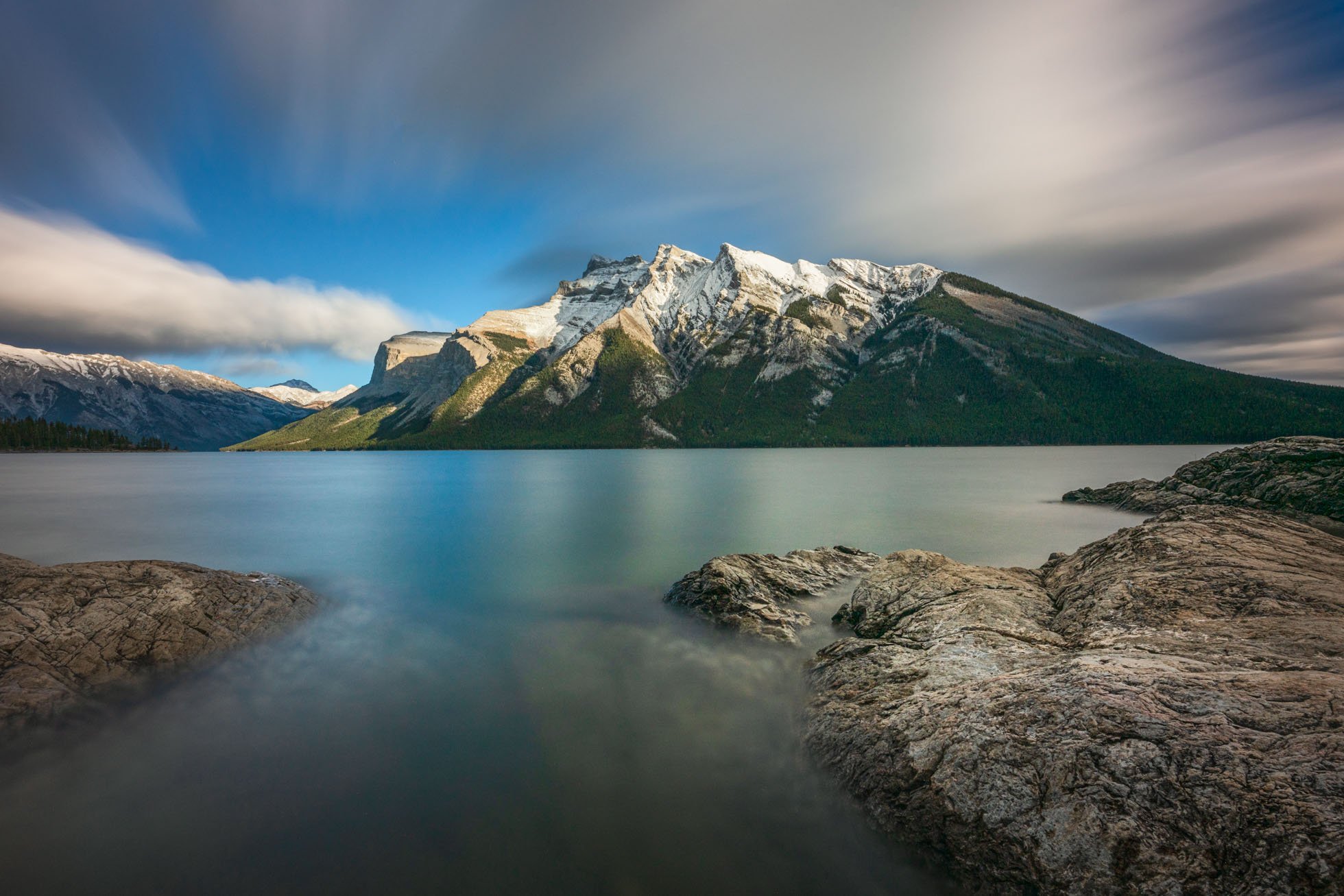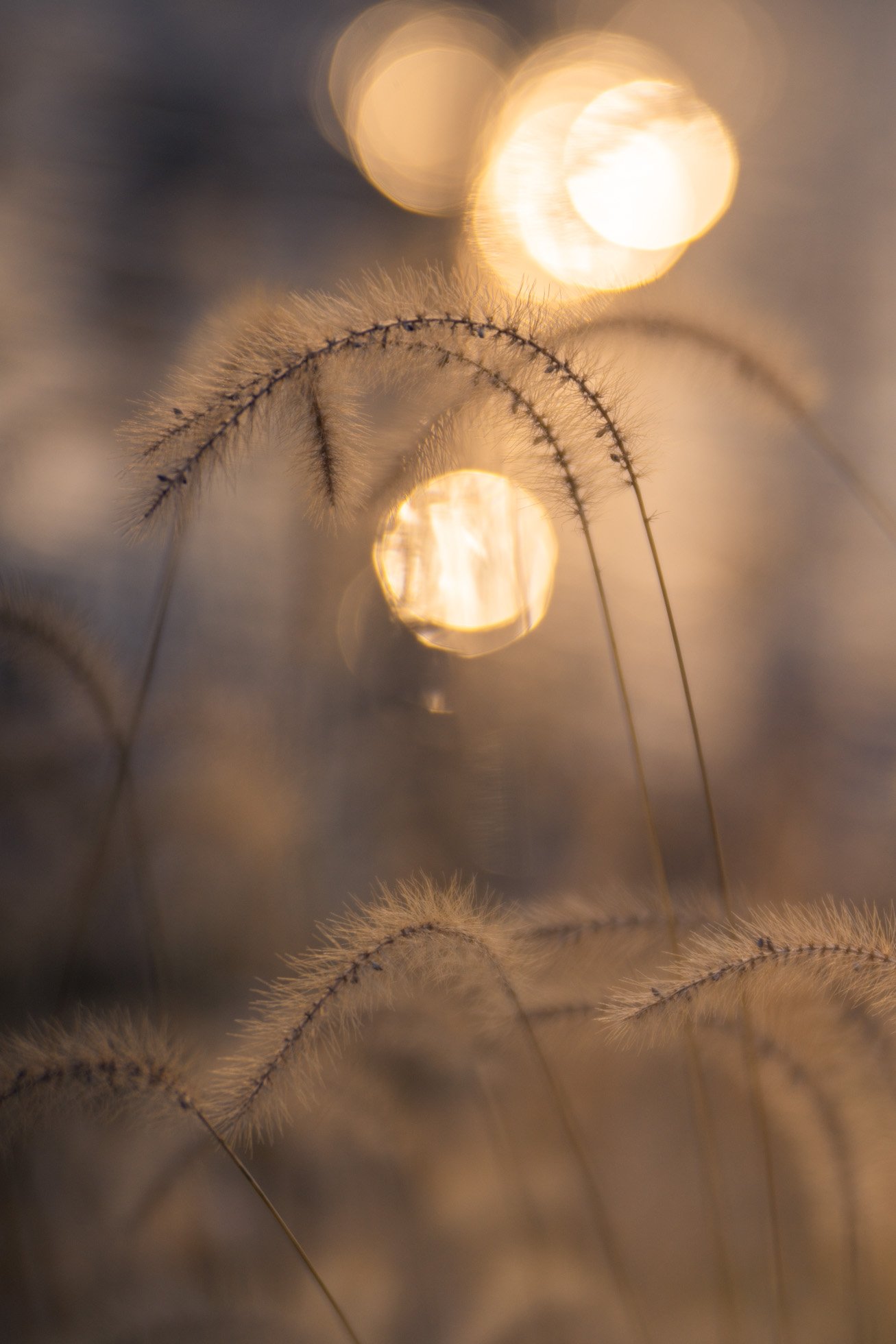In my last blog post, I shared tips for those overcast days when so many clouds come in that the sky becomes gray and blah. But what do you do when the sky is clear and there is not a cloud in sight? The sun is shining and it is a beautiful day but there are no clouds to add interest to the scenery in front of you. All is not lost. There are many approaches you can take to capture beauty on those bluebird sky days! Here are a few tips to take with you.
1) Minimize the sky ~ Make the land the story of your image by composing with the horizon higher in the frame. Use a longer lens and focus on a smaller segment of the scene rather than a wider angle. Get low and look for foreground interest to add depth to the frame.
2) Look for Reflections ~ Reflections captures can be a dynamic and interesting scene all on their own by creating layers in the foreground. Sunny days really bring out the colors and clarity of a reflection. Clear skies can allow mountain reflections to stand out. There is beauty in the simplicity.
3) Capture a Starburst ~ When the sun is in the scene, take advantage of those clear skies by closing down your aperture and adding a sunburst to the frame. See this blog post for 7 Tips for a Great Sunburst..
4) Focus on Color & Texture ~ Brilliant sunshine enhances the colors and textures of the scenery around us. The blue sky reflecting in water will bring out the beautiful blues of glacial waters. Colorful trees, foliage and flowers are enhanced by the sunlight. Textures of rocks, trees, and mountains are highlighted as well. Look for these features in the landscape. Capture the gorgeous blue of the sky in contrast with the colors or focus in on the details and eliminate the sky from the frame completely.
5) Play with Abstract Shooting ~ Grab your 6 stop Neutral Density filter and capture some abstract shots of trees or water. See this article for tips on Seascape Panning. Look for vertical panning tips to be shared on the blog soon!
6) Explore the Forest ~ Walking through the forest, our focus is on the trees, lines and details of the land. Look for the light shining down through the trees or capture a sunburst coming through.
7) Stay out for the Stars ~ While the clear blue skies of the day may not be as intriguing as a sky filled with dramatic clouds, a clear night sky is filled with magic. Don’t pack up with the sun, stay out and capture the incredible starry night! Head over here for 9 Tips for Astrophotography Part 1, and then scroll up the blog for Part 2.
Next time Mother Nature offers full sun and clear nights, I hope you find these tips helpful!!
Kristen Ryan is an award winning and published landscape and fine art photographer and educator residing in the Midwest suburbs of Chicago. All images are available for purchase in the Fine Art Store or by request. Kristen leads ladies landscape photography retreats in the Tetons, Chicago, and the Canadian Rockies, offers private mentoring and teaches an online landscape photography workshop, The World Around You.

















